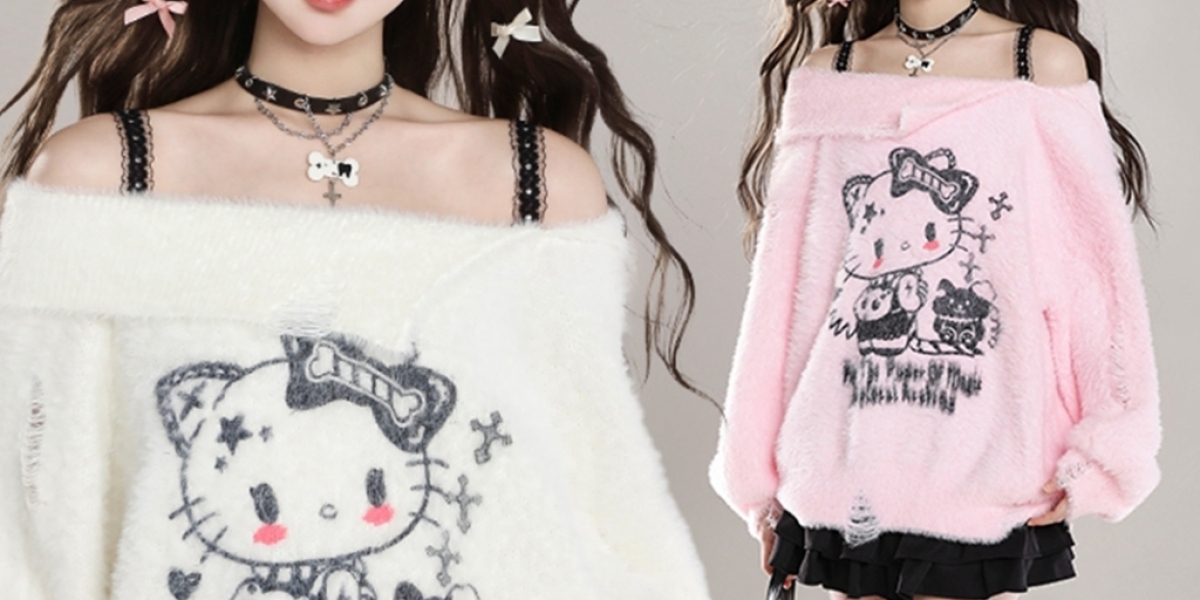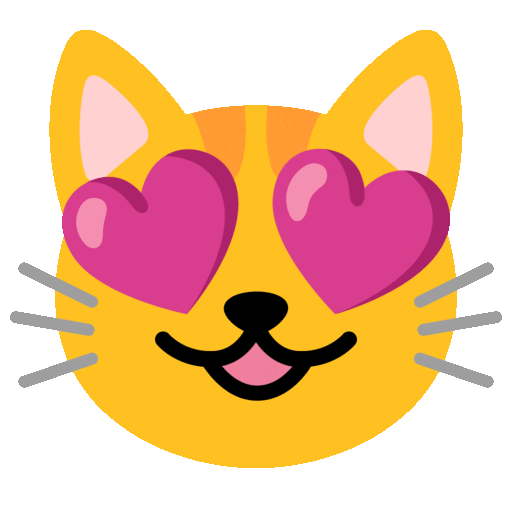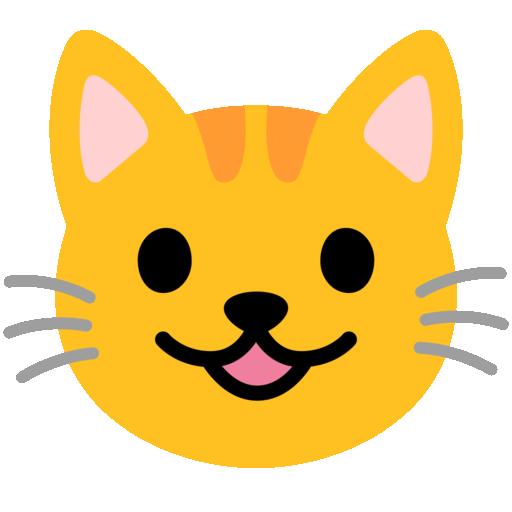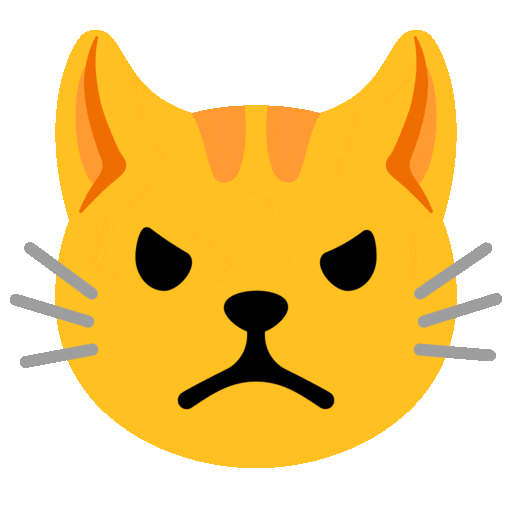Introduction
Kawaii, a Japanese time period meaning "cute" or "adorable," has grow to be a well-liked aesthetic fashion that has influenced varied features of vogue, including clothes and equipment. Kawaii outfits feature pastel colours, playful patterns, and whimsical designs that evoke feelings of sweetness and innocence. In recent years, the kawaii aesthetic has gained a world following, particularly among younger generations who're drawn to its charming and quirky attraction. This article will discover the science behind the aesthetic enchantment of kawaii outfits and why they are so standard among style lovers.
Psychological Impression of Kawaii Aesthetic
The kawaii aesthetic is understood for its ability to evoke constructive emotions and emotions of happiness. Analysis has shown that exposure to cute or adorable stimuli can set off the release of dopamine within the brain, which is related to reward and pleasure. This may occasionally clarify why people are drawn to kawaii outfits, as they elicit a way of joy and delight. Moreover, using pastel colours and tender textures in kawaii fashion can create a calming and soothing effect, promoting a way of relaxation and consolation.
Cultural Significance of Kawaii Style
Kawaii vogue has its roots in Japanese pop culture, significantly in the Harajuku district of Tokyo, the place younger individuals express themselves via distinctive and unconventional kinds. The kawaii aesthetic emerged in the 1970s and 1980s as a response to mainstream style tendencies, which have been seen as too serious and formal. As an alternative, kawaii trend embraced a youthful and playful look, characterized by oversized bows, frilly skirts, and cartoon characters. The recognition of kawaii trend has since unfold past Japan, influencing vogue designers and fans worldwide.
Symbolism in Kawaii Outfits
Kawaii outfits typically characteristic cute and whimsical parts that hold symbolic that means. For instance, the use of animal motifs akin to cats, rabbits, and bears in kawaii style symbolize innocence and purity. Moreover, kawaii trend often incorporates floral prints and pastel colors, which symbolize femininity and sweetness. The playful and childlike designs of kawaii outfits also can symbolize a way of nostalgia and a need to escape the pressures of grownup life. By sporting kawaii outfits, individuals can tap into their inner baby and embrace a carefree and lighthearted angle.
Social Influence of Kawaii Trend
The rise of social media platforms like Instagram and TikTok has played a significant role in popularizing kawaii fashion. Influencers and celebrities typically showcase their kawaii outfits on-line, attracting a large following of fans who admire their distinctive type. Brands and retailers have also taken discover of the kawaii outfit ideas trend, producing clothes and equipment that cater to the rising demand for cute and whimsical designs. The influence of social media has made kawaii style extra accessible and visible, contributing to its widespread popularity amongst fashion fans worldwide.
Conclusion
The aesthetic appeal of kawaii outfits lies of their skill to evoke constructive feelings, cultural significance, symbolic that means, and social affect. The playful and charming designs of kawaii style enchantment to individuals of all ages, who're drawn to its cute and adorable aesthetic. Whether or not it is a pair of pastel pink sneakers or a fluffy cat-shaped bag, kawaii outfits enable individuals to specific their creativity and unique sense of fashion. Because the kawaii trend continues to evolve and inspire new trend developments, it is obvious that its influence on the fashion industry is right here to remain.








